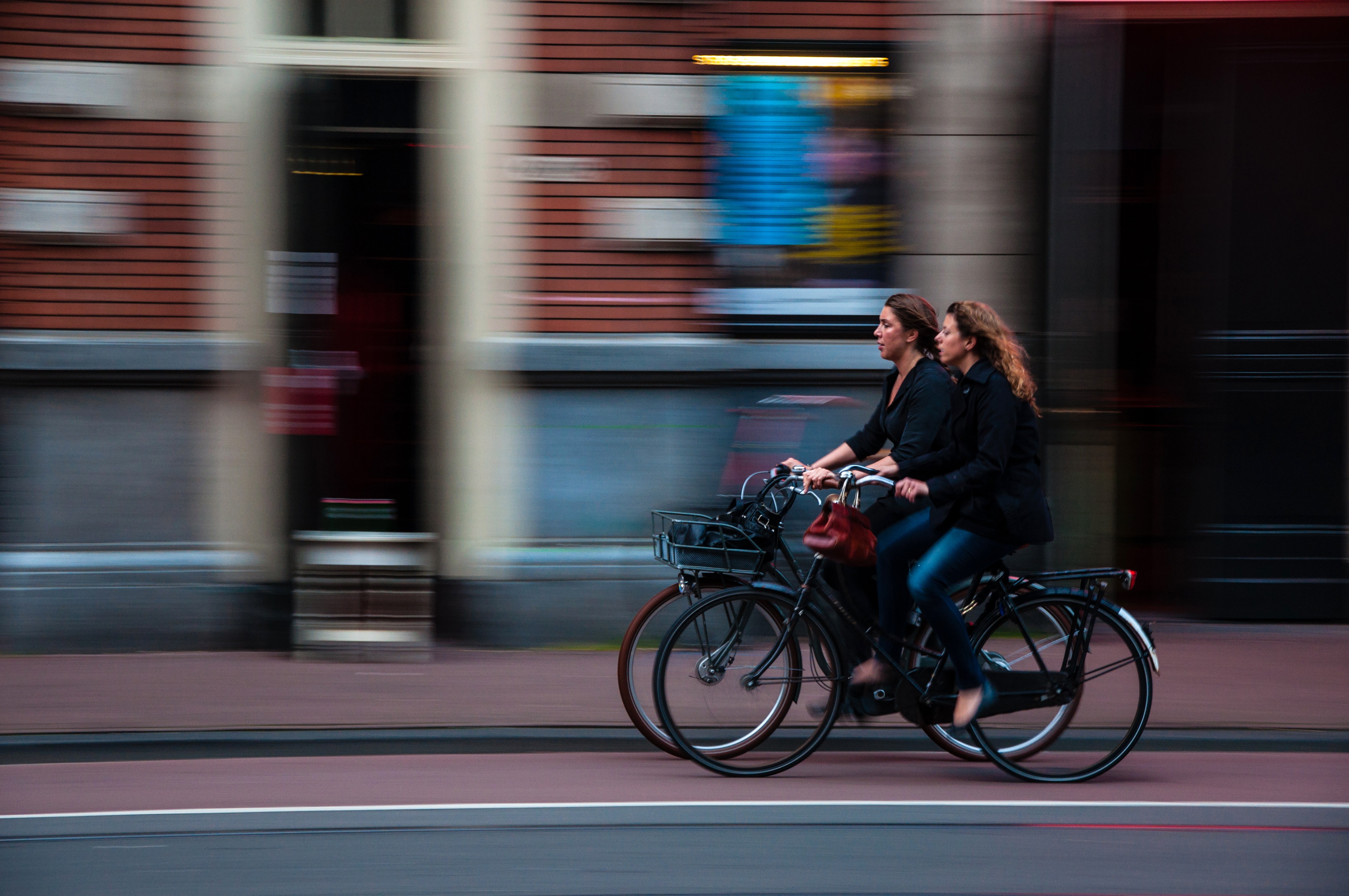Creating a City Center for People
Other Cities are Creating Dynamic Central Hubs. Why Can’t Santa Barbara?

Imagine downtown Santa Barbara as a vibrant, car-free city center. Oslo, Norway, and some other cities scattered around the world are well on their way to creating such urban zones.
In the last year, Oslo has removed more than 700 downtown parking places and replaced them with red-painted bike lanes, pocket parks, and sitting areas. After listening to concerns from some car owners and businesses, the city adopted this more gradual approach of removing parking, while postponing its ultimate goal of a complete downtown ban on cars. The worry of business owners was that the center would become a ghost town that no one would visit. The opposite seems to be happening; after removing hundreds of parking spaces, there has been an increase of pedestrians by more than 10 percent over the previous year. This pattern has been borne out in many other cities that have converted downtown streets to pedestrian-only areas. These areas are often the most popular parts of a city.
In the 1970s, Oslo created a number of pedestrian-only central streets. In the 1980s, it made major investments in improving its public transportation. Oslo’s most recent effort, removing parking, has the goal of improving air quality and fighting climate change. The impact on quality of life, however, has been the more immediate and impactful change. Oslo’s municipal government is even encouraging more people to bicycle by giving out grants for citizens to buy electric bikes.
Curitiba, Brazil, a city of three million people, banned cars from almost 50 blocks of its downtown core about 30 years ago. Business owners protested, but only for a couple of weeks, because they immediately saw an uptick in commercial activity. The car-restricted zone is like a delightful, gigantic outdoor living room, full of artists, musicians, dancers, discussion groups, pickup basketball games, pocket parks, street food vendors, children playing, etc.
Of course, not all parking spaces are eliminated in any of these city center transformations. A few places are left for disabled drivers and sometimes for EV changing stations. Some streets are usually opened for a few hours early every day to accommodate delivery trucks. Needless to say, emergency vehicles still have access.
Shifting the way we think about our cities can often be transformative. Giving priority to pedestrians, cyclists, and public transportation usually leads to reclaiming our cities for people rather than vehicles. All these mobility modes need to work together, but substantial investment in public transit is crucial. For example, Curitiba has a public transit system that is the envy of the world — a bus network that moves people faster and more efficiently than private cars. When completed some years ago, it reduced private automobile use by 40 percent on city streets. Around 1970, Santa Barbara narrowed State Street from six lanes and narrow sidewalks to its current balance of cars and walkers. Maybe we will soon take another step in the reclaiming of our downtown for people, while improving health, adding more elements of nature, and reducing our carbon footprint.
Dennis Allen is chair of Allen Construction, an employee-owned company committed to building and operating sustainably. He also serves as chair of the Dean’s Council at the Bren School of Environmental Science & Management at UCSB and as a boardmember of the Community Environmental Council.



